Bone conduction hearing technology
By Kim Hagen (Technology Research Officer)
Bone conduction hearing devices (BCHDs, also commonly called BAHAs) are fast becoming a popular option for deaf children and young people. In this article we explain the technology and which products work well with a BCHD.
Not all deaf children can use standard behind-the-ear hearing aids. They may have a conductive hearing loss, meaning the outer and middle ear don’t send the sound correctly into the inner ear. This can be because, for example, they have regular ear infections, their outer ear is not completely formed (microtia), they have no ear canal (atresia), or they have very tiny ear canals, often seen in children with Down’s syndrome.
If this is the case for your child, they might benefit from bone conduction hearing devices (BCHD). These types of hearing aids send sound vibrations directly to the inner ear through the bones of the skull. They can be fitted through surgery or can be worn on a sticker or headband. If fitted surgically, your child would either get an abutment or magnet implanted which the BCHD attaches to. It’s then sometimes also called a bone conduction hearing implant (BCHI) or bone anchored hearing implant (BAHI). Regardless of how the aid is fitted, many modern BCHDs can connect wirelessly to other technology products so your child can hear phone calls, music, or a person speaking into a microphone straight into their hearing devices. If your child has a BCHD, there are a range of streaming products available for this, and what works for your child depends on what kind of BCHD they have.
Jake
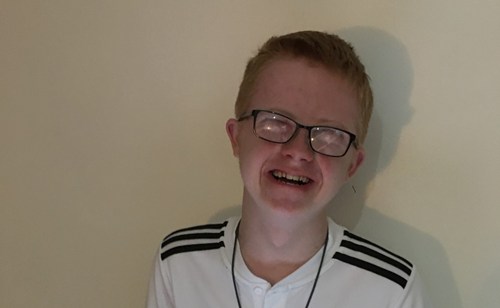
Jake (15) has two Ponto 3s on abutments. These are a type of BCHD made by Oticon Medical. He uses the Oticon Medical streamer (which only works with Oticon Medical BCHD). Jake wears the streamer around his neck and connects it wirelessly to the Oticon ConnectLine TV adapter, which plugs into the TV, to send the TV’s sound directly to his BCHD. He also uses the streamer without the TV adapter to connect wirelessly to his iPad to listen to music and play games.
"Before, Jake struggled with the noises around him and he always needed to turn things up very loud. Since having the streamer he can have his iPad or TV at a volume that suits him without disturbing other family members, as all sounds are streamed directly to his BCHDs and everyone is happy."
Natalie is mum to Jake (15) who is moderately to severely deaf.
Mya
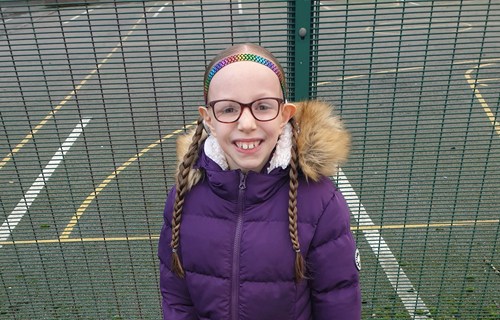
There are other companies that make BCHD, such as Med-El or Cochlear. Each have their own accessory products. Mya uses one Cochlear Baha 5 which hasn’t been fitted surgically, she wears it on a softband around her head. She uses the Cochlear Mini Mic 2 with this. This is a small microphone that connects wirelessly to her BAHA so the speaker’s voice is sent straight to it, over a distance of up to 25m.
"In school Mya gives her Mini Mic 2 to the speaker when there’s lots of background noise. Speakers also wear it in assembly when she might not be close to them or in an optimal seating position with her good ear facing the speaker and might not be close enough to lip-read. Out of school she uses her Mini Mic 2 for gymnastics and trampolining lessons. This allows her to hear her teacher even when she’s not looking at them. The Mini Mic 2 allows Mya to feel confident as she doesn’t have the embarrassment of having to tell the teacher that she couldn’t hear them. Without it, she would really struggle."
Claire is mum to Mya (8) who is severely deaf in one ear.
Belle
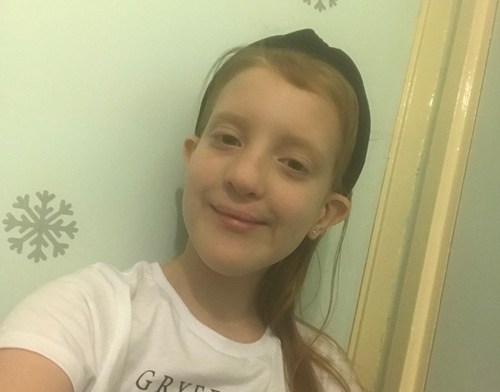
Belle wears two Cochlear Baha 5s but she has hers fitted surgically on abutments. She also uses the Cochlear Mini Mic 2 in school.
"The teachers are new to deaf technology but they’re now all getting used to it. The school is brilliant and checks if Belle’s Mini Mic 2 is working every morning. Having the Mini Mic 2 helps her to concentrate in class without straining. It also means she doesn’t miss out in IT lessons when they wear headphones, as she can plug the Mini Mic 2 into the speaker port on the laptop and stream the sound directly to her BAHAs."
Sue is mum to Belle (12) who is profoundly deaf.
Poppy
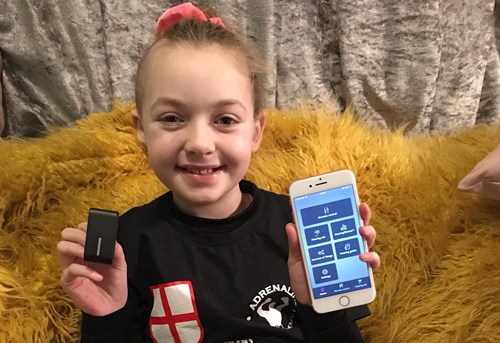
Like Jake, Poppy also has the Oticon Medical BCHD and has recently been upgraded from the Oticon Ponto 3 to the Ponto 4. The Ponto 4 is an internet connected BCHD. It works with the Oticon ON app, which gives you notifications on your BCHD’s battery level, lets you control some settings remotely and helps you find it if it’s lost!
"I love my Ponto 4 and its added accessories, especially the Oticon ON app for my phone. I love how I can turn the volume up and down myself and I get messages when I need a new battery so I can then change it myself!
Poppy (9) who is profoundly deaf in one ear.
*Read more about how Poppy and her mum Amy use their technology in the Reviews section of our website.*
Bone conduction headphones
Bone conduction technology is not only for BCHD users, there are also mainstream technology products that use bone conduction, such as bone conduction headphones. In this article, Belle has wireless bone conduction headphones and wears them instead of her BAHAs to listen to music or watch YouTube videos on her iPad or iPhone. These Bluetooth headphones were originally designed for hearing people who like to run, as the headphones leave their ears open so they can still hear sounds around them, such as traffic. But these headphones can also be great for some deaf children. We think they might be particularly useful for children with temporary conductive hearing loss, such as glue ear, to listen to music or hear their teacher better if they wear a Bluetooth microphone which can be paired with the headphones.
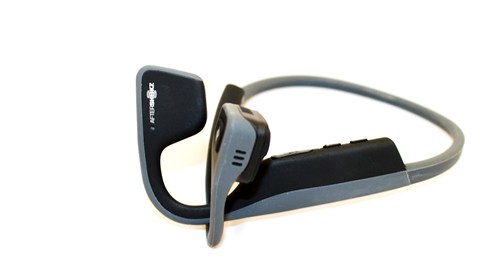
You can also watch our video about products to listen to music with (which features the bone conduction headphones).
